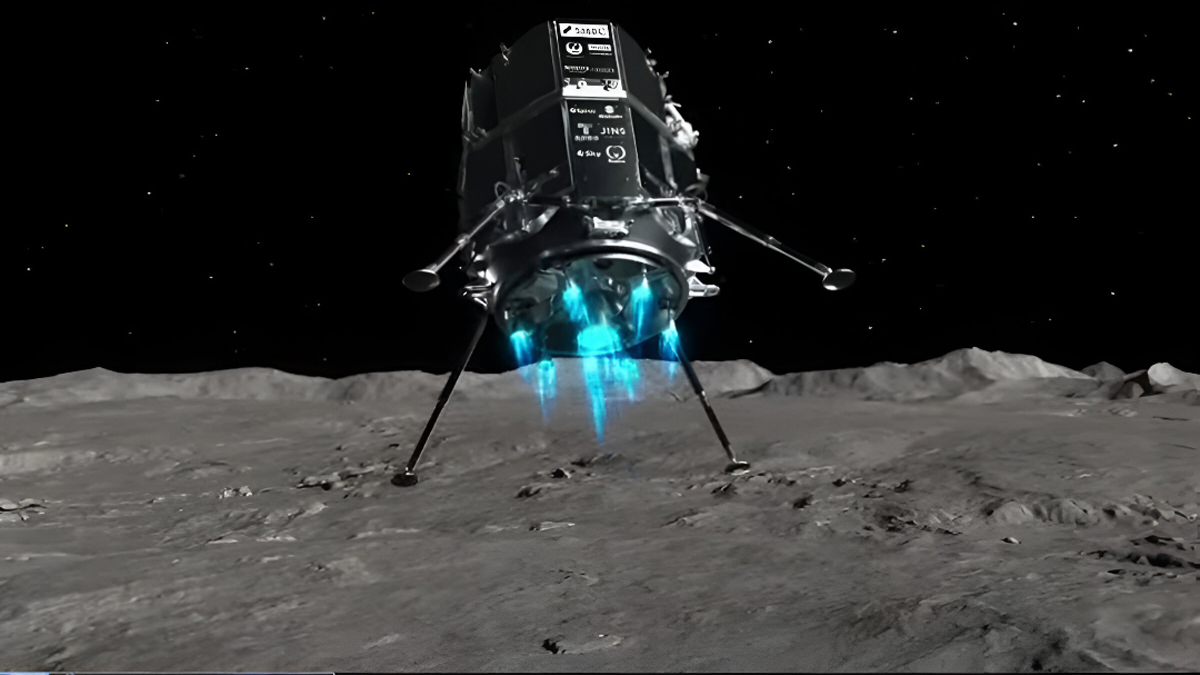Now Reading: Apan’s Private Lunar Lander ‘Resilience’ Meets a Tragic End on Lunar Surface
-
01
Apan’s Private Lunar Lander ‘Resilience’ Meets a Tragic End on Lunar Surface
Apan’s Private Lunar Lander ‘Resilience’ Meets a Tragic End on Lunar Surface

In a disheartening blow to Japan’s burgeoning private space sector, the lunar lander “Resilience,” developed by the Tokyo-based startup ispace, tragically crashed into the Moon’s surface during its landing attempt, resulting in a failed mission. The incident marks a significant setback for the company and underscores the immense technical challenges inherent in lunar exploration.
The highly anticipated mission, dubbed “HAKUTO-R Mission 1,” had captivated audiences worldwide, offering a glimmer of hope for a new era of commercially driven lunar ventures. Resilience, carrying a small rover and several scientific payloads, had successfully navigated the vast expanse of space for months, performing a series of complex maneuvers to reach lunar orbit. The final moments of its journey were broadcast live, with engineers and space enthusiasts alike holding their breath as the lander began its descent.
However, as the craft neared the designated landing site in the Atlas crater, telemetry data began to paint a grim picture. Communication with Resilience was abruptly lost, and after a period of anxious waiting, ispace confirmed that the lander had likely experienced a hard landing, effectively crashing onto the lunar surface. The precise cause of the failure is currently under investigation, but initial analyses suggest a critical anomaly during the final phase of the descent. Potential factors being examined include issues with the propulsion system, navigation errors, or a miscalculation of the lunar terrain.
This ill-fated mission was more than just a technological endeavor; it was a testament to the ambitious spirit of private enterprise venturing into a domain traditionally dominated by national space agencies. Ispace, founded in 2010, had garnered considerable international attention and investment, aiming to provide a cost-effective and regular transportation service to the Moon. The HAKUTO-R program, meaning “White Rabbit” in Japanese, had envisioned a future where commercial entities could play a pivotal role in lunar resource utilization and human settlement.
The loss of Resilience is undoubtedly a significant financial blow to ispace and its investors. However, beyond the monetary implications, it serves as a stark reminder of the unforgiving nature of space exploration. The Moon, despite its proximity, remains a formidable target, demanding extreme precision and resilience from any spacecraft attempting a soft landing. Only a handful of nations have successfully achieved this feat, highlighting the technical hurdles involved.
Despite the immediate disappointment, ispace CEO Takeshi Hakamada emphasized the invaluable data gathered during the mission, even in its failure. “We will analyze this data, learn from our mistakes, and continue to move forward,” Hakamada stated in a press conference. “This experience will be crucial for our future missions and for the development of our lunar transportation service.”
Indeed, the space industry often operates on a philosophy of “failure is not an option, but learning from it is mandatory.” The lessons gleaned from Resilience’s ill-fated journey will undoubtedly inform the design and execution of future lunar missions, not just for ispace but for the entire commercial space sector. The dream of a sustained human presence on the Moon, supported by private initiatives, remains alive, albeit with a renewed understanding of the immense challenges that lie ahead. The moon’s allure continues to beckon, and while Resilience may have fallen short, its ambition will undoubtedly fuel the next generation of lunar explorers.










